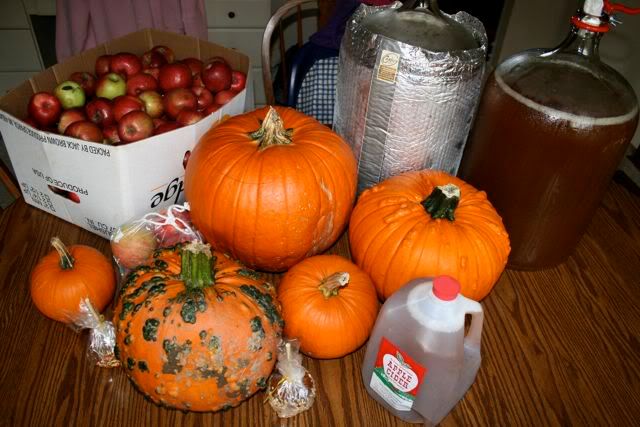jevchance
Well-Known Member
Hey all!
I have 10 gallons of cider in secondaries. Here's proof:

Its my first time doing cider, so I'm starting to look at my options. I'm going to try a few different things to see what pans out, and what works out best for me.
I'll probably put a few gallons in wine bottles and let them sit at least a year. Half of these will be sweetened with wine conditioner, the other half dry.
The rest will likely be carbonated in beer bottles. I like some dry, and I know I can use priming sugar and bottle condition the cider dry, but what about sweetening with more cider? If I do this, is it likely to start a secondary fermentation and blow up my beer bottles? Has anyone tried this?
A related question might be, what SG can I raise the liquid up to and still safely bottle condition?
Edit: I do not have the tools for forced carbonation.
I have 10 gallons of cider in secondaries. Here's proof:

Its my first time doing cider, so I'm starting to look at my options. I'm going to try a few different things to see what pans out, and what works out best for me.
I'll probably put a few gallons in wine bottles and let them sit at least a year. Half of these will be sweetened with wine conditioner, the other half dry.
The rest will likely be carbonated in beer bottles. I like some dry, and I know I can use priming sugar and bottle condition the cider dry, but what about sweetening with more cider? If I do this, is it likely to start a secondary fermentation and blow up my beer bottles? Has anyone tried this?
A related question might be, what SG can I raise the liquid up to and still safely bottle condition?
Edit: I do not have the tools for forced carbonation.


